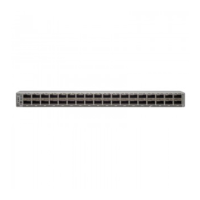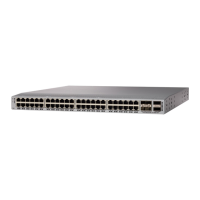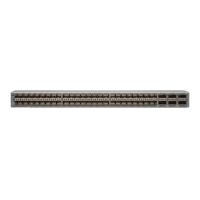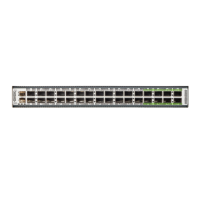PurposeCommand or Action
• range—Matches the range of port numbers between
and including the two port numbers that you specify.
The range command is the only operator
command that requires two port-number
arguments.
Note
Removes an entry from the object group. For each entry
that you want to remove, use the no form of the applicable
operator command.
no {sequence-number | operator port-number
[port-number]}
Example:
Step 4
switch(config-port-ogroup)# no eq 80
Displays the object group configuration.
(Optional) show object-group name
Example:
Step 5
switch(config-port-ogroup)# show object-group
NYC-datacenter-ports
Copies the running configuration to the startup
configuration.
(Optional) copy running-config startup-config
Example:
Step 6
switch(config-port-ogroup)# copy running-config
startup-config
Removing an Object Group
You can remove an IPv4 address object group, an IPv6 address object group, or a protocol port object group.
SUMMARY STEPS
1. configure terminal
2. no object-group {ip address | ipv6 address | ip port} name
3. (Optional) show object-group
4. (Optional) copy running-config startup-config
DETAILED STEPS
PurposeCommand or Action
Enters global configuration mode.configure terminal
Example:
Step 1
switch# configure terminal
switch(config)#
Removes the specified object group.no object-group {ip address | ipv6 address | ip port}
name
Step 2
Example:
switch(config)# no object-group ip address
ipv4-addr-group-A7
Cisco Nexus 9000 Series NX-OS Security Configuration Guide, Release 9.x
278
Configuring IP ACLs
Removing an Object Group
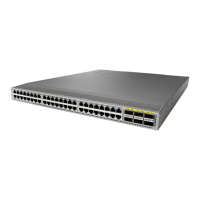
